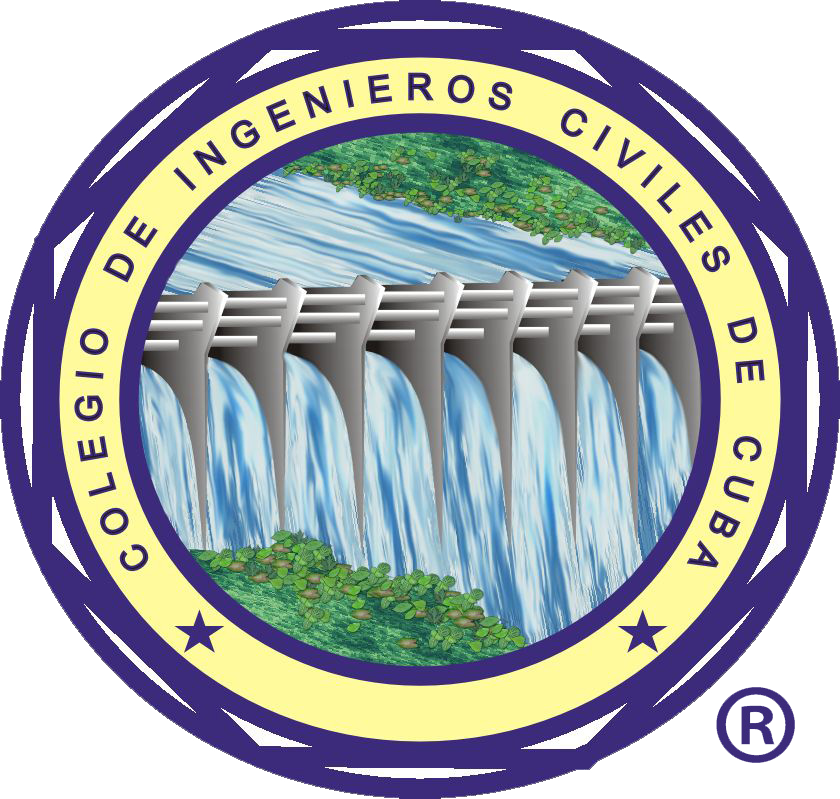By: Rafael L. Robayna, PE
The seal of the “Colegio de Ingenieros Civiled de Cuba”, Cuban American Association of Civil Engineers represents the image of one of the greatest hydrological projects done in the Republic of Cuba, the Charco Mono Dam. The December 1959 issue of Ingenieria Civil, the official publication of the “Colegio de Ingenieros Civiles de Cuba”, has a short description of the reservoir and dam. The Dam of Charco Mono was planned in 1925 responding to the need to supply potable water to Santiago de Cuba, the second largest city in the Island with its growing population. The dam’s construction was completed in 1938 along the course of Rio Cañas, in the Cuban Oriente Province.
The Dam, a reinforced concrete structure, was constructed on a place known as Charco Mono due to the river’s configuration in this area. Though the Dam was a success, the initial supply of water was not sufficient upon its completion to fill and fully power the dam. It was modified by numerous projects throughout its existence with the incorporation of a water treatment plant in the late 1950’s. The water conveyance system to Santiago de Cuba, which took years to construct, has also undergone numerous repairs and modifications. Recent reports indicate that the dam and the aqueduct to Santiago de Cuba are still in use.



